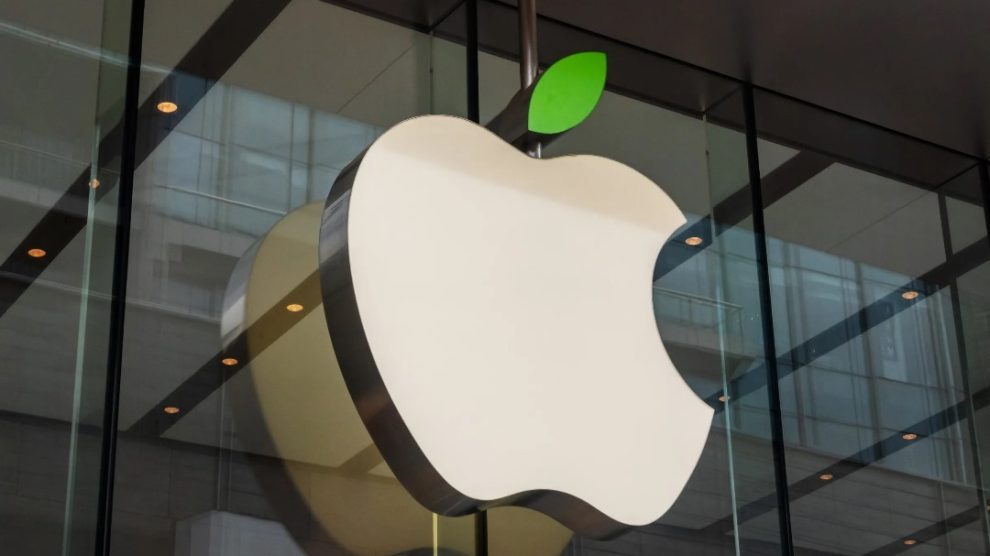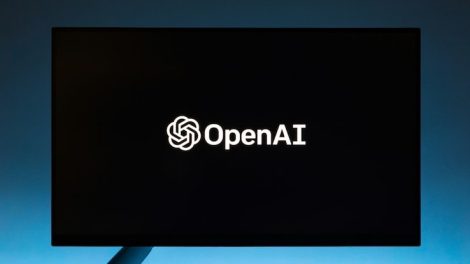Apple recently faced a significant setback with one of its much-publicized features, an artificial intelligence-driven news service that promised to redefine how you consume information. However, the ambitious project met with widespread criticism and scrutiny due to recurring inaccuracies and editorial missteps. After several high-profile missteps, Apple has now made the decision to halt this feature entirely. For those who have been following developments in the tech world, this event underscores a larger debate about the viability and reliability of AI in sensitive areas like news reporting.

The promise of an AI-driven news aggregator seemed like the logical next step for a tech giant known for its innovation. Apple marketed the service as an efficient way to deliver personalized news, catering to individual preferences while maintaining a standard of quality that’s synonymous with the company’s brand. It was heralded as a tool to streamline your access to relevant news, cutting through the noise of information overload that has become all too common in the digital age. Yet, what seemed like a futuristic leap forward quickly revealed its limitations.
Early adopters were quick to note significant flaws in the system. Stories presented as breaking news often contained glaring inaccuracies or misleading narratives. In some instances, the AI failed to differentiate between credible sources and those peddling misinformation. These issues not only undermined the trust of users but also raised broader ethical concerns about the role of AI in journalism. For a company like Apple, which prides itself on quality and attention to detail, such oversights were especially damaging to its reputation.
Criticism wasn’t limited to factual inaccuracies. Many media professionals and organizations raised concerns about the implications of delegating news curation to artificial intelligence. Journalistic integrity relies heavily on human judgment, the ability to understand context, and the nuanced skills of fact-checking and ethical reporting. AI, for all its advancements, lacks the depth of understanding and the moral compass required to navigate complex or sensitive issues. The technology’s reliance on algorithms to determine news relevance also brought up questions about biases—both inherent in the data sets used to train the models and those inadvertently introduced by developers.
These challenges were further compounded by a series of high-profile incidents. In one widely publicized case, the AI-powered feature highlighted a conspiracy theory as a trending news story, prompting immediate backlash from both users and media watchdogs. In another instance, the system erroneously attributed a quote to a public figure, sparking confusion and anger. Such errors, while perhaps minor in isolation, accumulate to create a credibility crisis that’s hard to recover from, especially in the competitive and high-stakes arena of news dissemination.
For users, the experience was frustrating. Many reported that the promised personalization of news content felt arbitrary at best and invasive at worst. Instead of delivering meaningful and well-curated articles, the service often pushed sensationalized or irrelevant stories, creating a sense of distrust among its audience. Feedback from early testers and subscribers highlighted a common theme: the system’s inability to align with the expectations of a discerning reader who values accuracy and thoughtful reporting over sheer volume.
Apple’s decision to halt the AI-powered news feature signals a moment of reckoning for the broader tech industry. As companies increasingly incorporate artificial intelligence into their products and services, the balance between innovation and responsibility becomes more critical. While the potential benefits of AI in streamlining operations and improving efficiency are undeniable, its application in areas like journalism requires a far more cautious approach. The stakes are higher when the technology directly impacts public opinion, societal discourse, and access to information.
One of the key lessons emerging from this episode is the importance of human oversight. While AI can assist in sorting and analyzing vast amounts of data, the ultimate responsibility for content accuracy and ethical considerations should remain in human hands. A hybrid approach, where technology augments rather than replaces human capabilities, seems to be a more sustainable path forward. Such a model would allow companies like Apple to leverage the strengths of AI without sacrificing the core principles of journalistic integrity.
The episode also serves as a cautionary tale for other tech companies exploring similar ventures. It highlights the need for rigorous testing and quality assurance before launching AI-driven features to the public. Transparency in how these systems are developed and the criteria they use for decision-making is equally crucial. Without these safeguards, the risk of perpetuating misinformation or undermining public trust becomes unacceptably high.
For Apple, this setback is likely to prompt a period of introspection and reevaluation. The company has built its reputation on delivering high-quality, user-centric products, and this misstep stands in stark contrast to its usual standards. However, it also presents an opportunity for growth. By acknowledging the limitations of its AI-driven news service and taking steps to address them, Apple can demonstrate its commitment to learning from mistakes and prioritizing the needs of its users.
In the broader context, the suspension of Apple’s AI-powered news feature raises important questions about the future of artificial intelligence in media. As the technology continues to evolve, so too must the frameworks that govern its use. Ethical guidelines, robust fact-checking mechanisms, and a commitment to transparency will be essential in ensuring that AI serves as a tool for progress rather than a source of harm.
For you, as a consumer of news, this development serves as a reminder to remain vigilant about the sources you trust and the information you consume. While technology has made it easier than ever to access a wide range of perspectives, it has also introduced new challenges in discerning fact from fiction. By staying informed and critical, you can play a part in upholding the standards of journalism and holding both media outlets and technology providers accountable.
As Apple navigates the fallout from this controversy, the industry will be watching closely. Whether the company can recover and reimagine its approach to AI in news will likely influence how other tech giants approach similar initiatives. For now, the suspension of the feature serves as a pause—a moment to reflect on the complex interplay between technology, ethics, and the human need for trustworthy information.










Add Comment